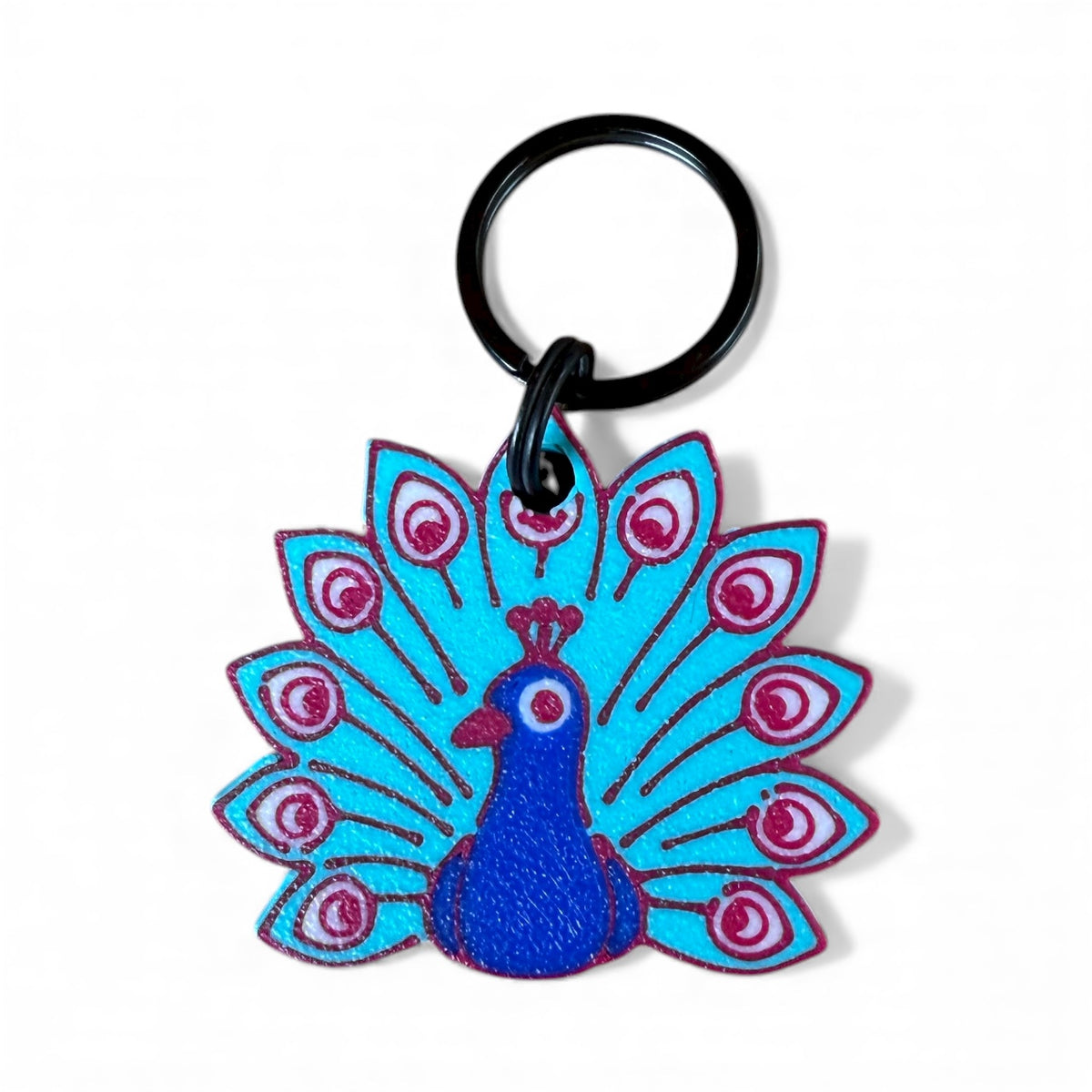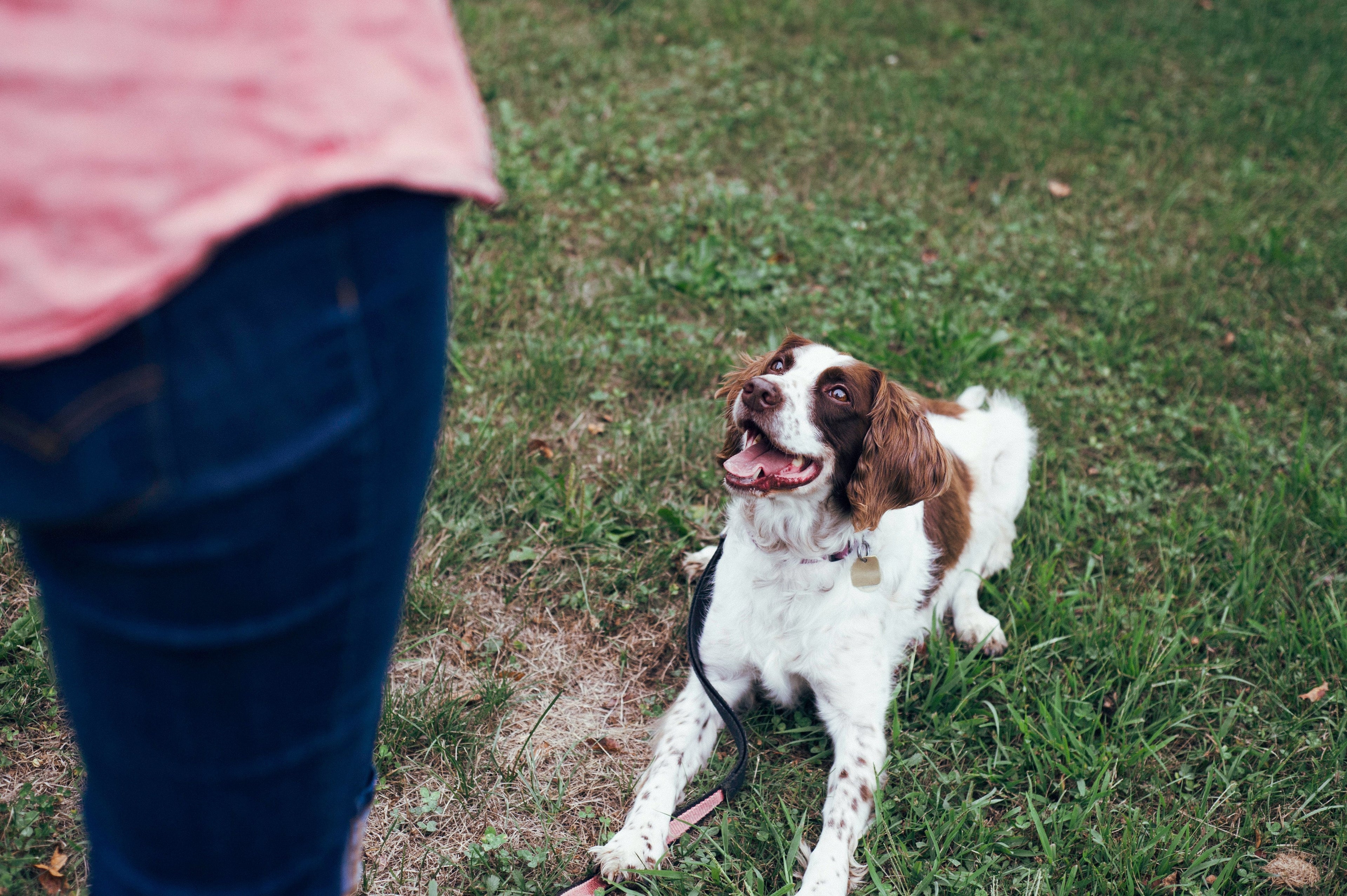By Natalie Kaye, NK9 Training, follow on Facebook and Instagram.
Photo by Destiny Wiens on Unsplash
Natalie Kaye is a dog trainer and behaviourist. She is a Dog Parkour UK instructor and assessor, DMWYD Trick Dog instructor, DMWYD Canine Fitness Coach, Canine Hoopers World instructor and assessor and part of many networks such as the Dog Training Collage. Force Free training is a great way to train your dog, it might not work for every dog, but it should always be your first attempt at dog training. Here Natalie shares more information on what is Force-Free Dog Training.
When it comes to training our dogs, there’s often confusion about which methods are “best.” You’ve probably heard terms like positive training, balanced training, or even pack leadership. But one approach is becoming increasingly popular – and for good reason: force-free training.
So, what does “force-free” really mean, and why should you consider it for your dog?
Force-Free Training: The Basics
Force-free training is a science-based, compassionate way of teaching dogs that avoids the use of fear, pain, intimidation, or punishment. Instead of correcting unwanted behaviour with force (like leash jerks, shouting, or shock collars), we focus on:
✅ Rewarding good choices (with food, toys, praise, or life rewards)
✅ Setting dogs up for success in their environment
✅ Building trust and confidence through kind, consistent interactions
In short: we teach dogs what to do rather than punishing them for what not to do.
Why Force-Free Works
Dogs learn through associations and consequences. If a behaviour earns them something good, they’re likely to repeat it. Force-free training uses this principle to reinforce the behaviours we want.
This approach:
• Creates happy, confident learners
• Strengthens the human-dog bond
• Reduces anxiety, fear, and frustration in both dogs and their people
• Supports long-term behaviour change without fallout
Research shows that dogs trained using force-free methods are less likely to develop aggression or fear-based behaviours compared to those trained with punishment.
Common Myths About Force-Free Training
💬 “But what if my dog is naughty? Don’t they need discipline?”
Force-free doesn’t mean “let them run wild.” We teach clear boundaries, but we do so kindly and fairly, without intimidation or pain.
💬 “My dog needs to know who’s boss!”
Modern training isn’t about dominance. It’s about cooperation, communication, and mutual respect – not control.
💬 “I don’t want to carry treats forever!”
Treats are used to teach new skills and build value, but over time we can replace them with real-life rewards like play, praise, or access to favourite things.




